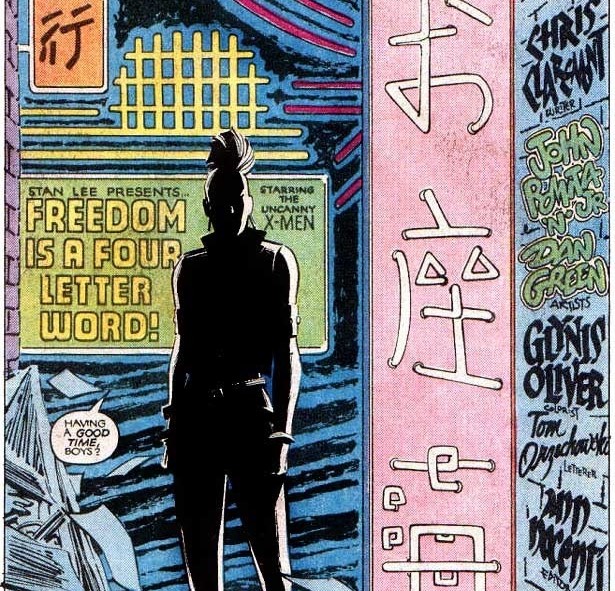In "American Comic Book Chronicles: The 1990s," comics historians Keith Dallas and Jason Sacks place Claremont’s departure from X-Men into the context of the pivotal movements of the medium in the 1990s. #xmen 1/5 

“Like Louise Simonson before him, Claremont had fallen out of favor with Bob Harras. Indeed, Harras had spent much of the previous year undoing many of the changes Claremont made to the X-Men (e.g. removing the team from exile, returning Professor Xavier from outer space).” 2/5 

“Before long, Claremont had enough of the situation and he quit. His final issue was X-Men 3 (Dec. 1991), not that Marvel promoted the fact with any kind of fanfare. The printed acknowledgement of Claremont’s departure was almost unnoticeable.” 3/5 

“There was no editorial that waxed poetic about [C’s] contributions to Marvel’s most popular property and no farewell column from Claremont himself. The longest-running tenure of any creator on any title in Marvel Comics history ended quietly, and business went on as usual.” 4/5 

“Within a few months, the X-Men’s letter column was being filled not with missives that lamented Claremont’s exit but with breathless praise of Jim Lee’s work. Some letters that the editors selected to run even suggested that the series was better off without Claremont.” 5/5 

You can find more info on the book here: goodreads.com/book/show/4097…
Also, we did a video essay on this one that the archival nerd in me is proud of - because we dug out the unpublished fax exchanges....I realize "unpublished fax exchanges" is a terrible selling point but here we are:
• • •
Missing some Tweet in this thread? You can try to
force a refresh






















